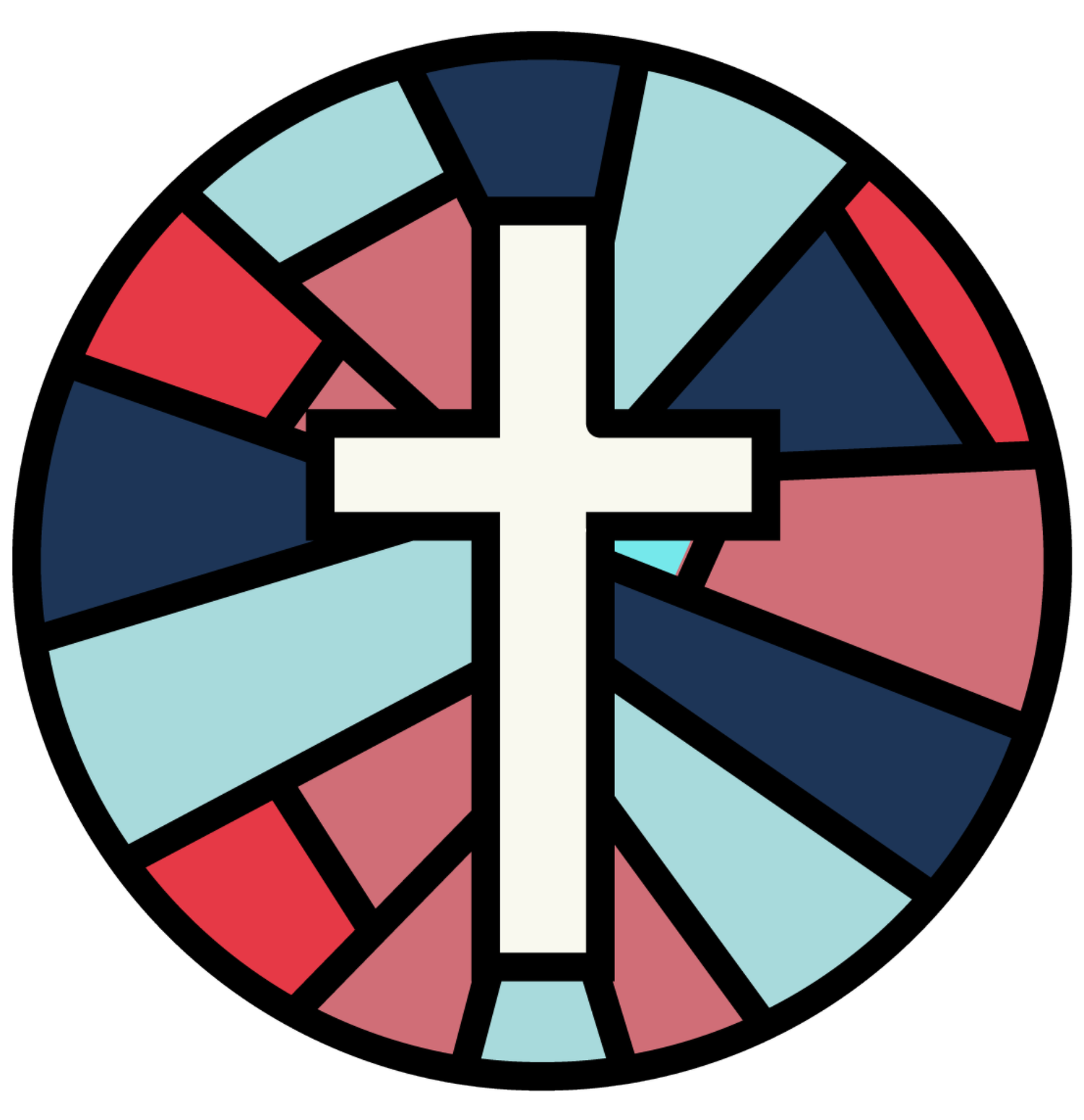
Our Story
Brief History
Upon completion of an extensive survey of the area in September 1961, the Northwest District of our Lutheran Church-Missouri Synod resolved to establish a mission in this rapidly growing community. The “Mother Church” of St. Timothy was St. Matthews in Edmonds.
Rev. F. Arthur Schweim, the pastor of Mt. Zion, Mountlake Terrace, was selected to serve as pastor of St. Timothy. This meant he would have to serve two churches on Sunday mornings. This he did by having the St Timothy service at 9:00 AM. The first services were held at 9:00 AM on May 12, 1963, in the Beverly Elementary School Multi-Purpose Room with 25 present.
In March of 1962, 4.8 acres were purchased on the corner of 164th SW and 52nd West, and an architect, Mr. Robert Chervenak of Seattle, was appointed. Preliminary drawings of the proposed $75,000 church and educational unit were then completed and approved. In August of 1963, ground was broken for the church building. The first worship service in the new sanctuary was held on Ash Wednesday, February 12th, 1964. The dedication was on June 14th, 1964. Saint Timothy Lutheran was officially affiliated with the Lutheran Church-Missouri Synod in June 1966.
In March of 1970 ground was broken for a new education building which was dedicated in September. In 2007 a narthex was completed that created a new entry and joined the sanctuary and education buildings.
The Altar Cross
The cross at the altar of St. Timothy was co-designed by Robert Chevenak, architect of the church building, and Norman G. Warsinski. It was constructed and executed by Norman Warsinski.
While appearing to be wood, the cross is actually two pieces of bronze made by constructing a replica in styrofoam, packing sand around the replica, and pouring molten bronze through an opening. The molten bronze melted the Styrofoam and took the form of the original replica. After cooling, the surface was polished.
The Biblical Garden
On the grounds of St. Timothy is a small garden area that includes only plants mentioned in the Bible and spring flowers that remind us of the new life we have because of Jesus’ death and resurrection. The idea for the garden came from Margaret Schussler and was then beautifully rendered by Rodger Reinig using juniper, grapevine, Rose of Sharon, and tulips.



